Shenzhou 16 failed to return? Netizens found that after rolling a few laps, dust started to rise. What is the reason?
Shenzhou 16 failed to return? Netizens have noticed that it has rolled a few times and dust is rising all over. What is the reason Wav7:10From Lala, take you to see the worldPreface:The return journey of the Shenzhou 16 manned spacecraft is full of uncertainty and challenges

Preface:
The return journey of the Shenzhou 16 manned spacecraft is full of uncertainty and challenges.During the landing phase, many spectators witnessed an anomaly: dust was rising and the manned return capsule rolled several times. This has sparked widespread discussion and questioning, with some even doubting the success of this return. However, the story behind it may not be as simple as it appears. Let's delve deeper into the return process of Shenzhou 16 and uncover its mysteries.

Challenges and Uncertainty
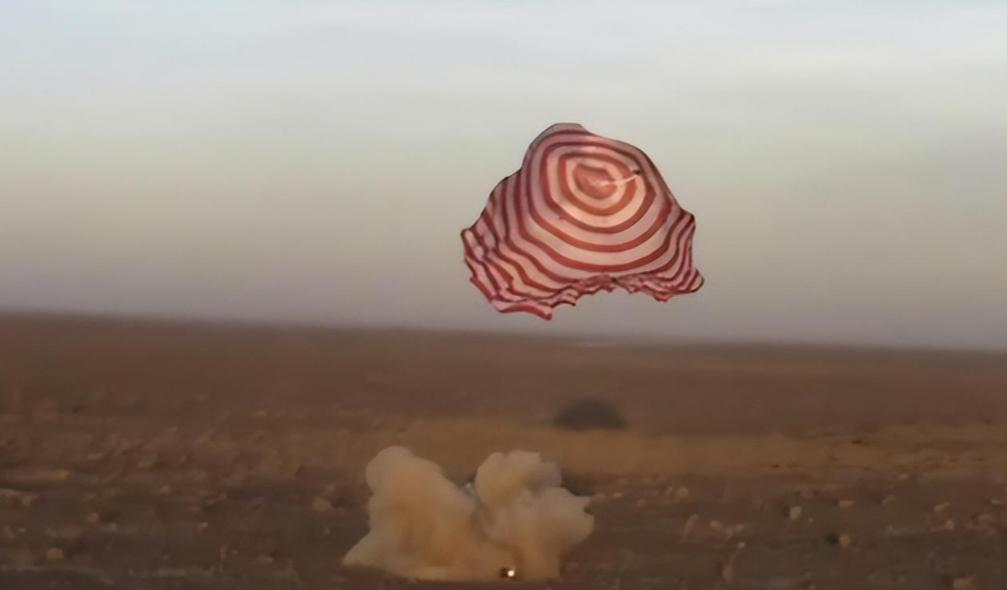
The return voyage of Shenzhou 16 has always been a challenging task. This is a high-risk activity in China's aerospace engineering, requiring coordination of numerous parameters and systems to ensure the safe return of astronauts. During the process of returning to Earth, the Shenzhou spacecraft must overcome extreme conditions such as high speed, high temperature, and high pressure during re-entry into the atmosphere. This requires complex and precise technology to ensure that the structures of the return module and spacecraft are not severely damaged.
The Shenzhou 16 spacecraft adopted a "fast return plan", which means that the return module needs to return to the ground from space in a relatively short period of time. The key to this plan is to reduce the number of circles around the Earth from the previous 11 to 5, and shorten the return time to seven and a half hours. This rapid return increases the complexity of the mission, as the return module must go through more flight stages, from high-speed in space to entering the atmosphere and ultimately landing.
Challenges during the landing phase
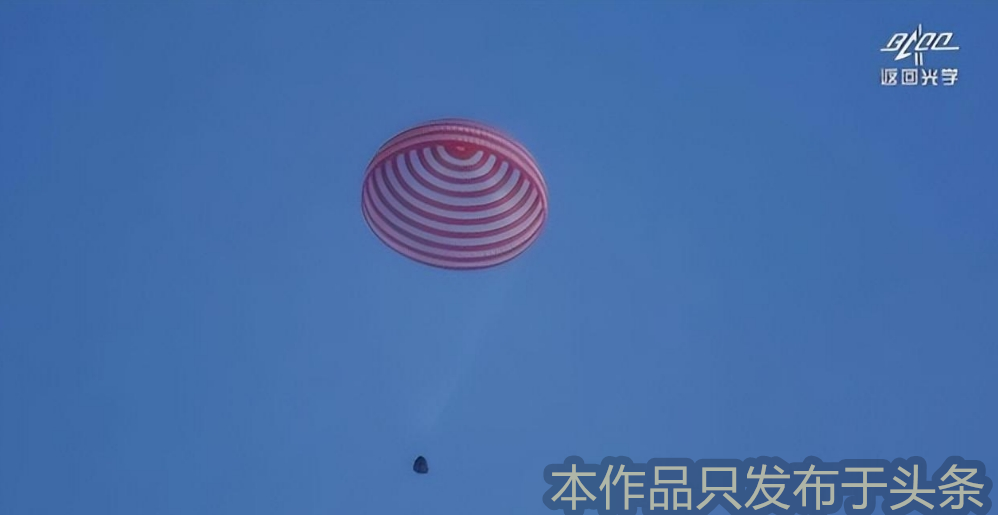
The most critical and thrilling moment during the return journey occurs at an altitude of approximately 100 kilometers above the ground.At this point, the return module rushed into the atmosphere at a speed of about 7 kilometers per second, causing severe friction with the atmosphere and generating extremely high temperatures. This causes a fireball to appear on the outer surface of the return module, like a meteor crossing the sky. At an altitude of 80 to 40 kilometers, a plasma shell appears, causing the interruption of radio communication between the ground and the return module, which is known as the "black barrier zone".
The blackout zone is a dangerous moment as the speed of the return module sharply decreases, and after the blackout zone ends, the speed has dropped to 200 meters per second, which is about 700 kilometers per hour. Afterwards, the return module entered a phase of large-scale deceleration and decelerated again at an altitude of approximately 10 kilometers. At this stage, the parachute begins to function.
The parachute is a key component of the return process of Shenzhou 16. The opening of the parachute is carried out in three stages: first, the guidance parachute, then the deceleration parachute, and finally the main parachute. After the main parachute with an area of 1200 square meters is opened, the descent speed of the return module decreases to 7 to 8 meters per second. This stage is crucial for ensuring the safe landing of astronauts.
Explanation of Rolling and Dust
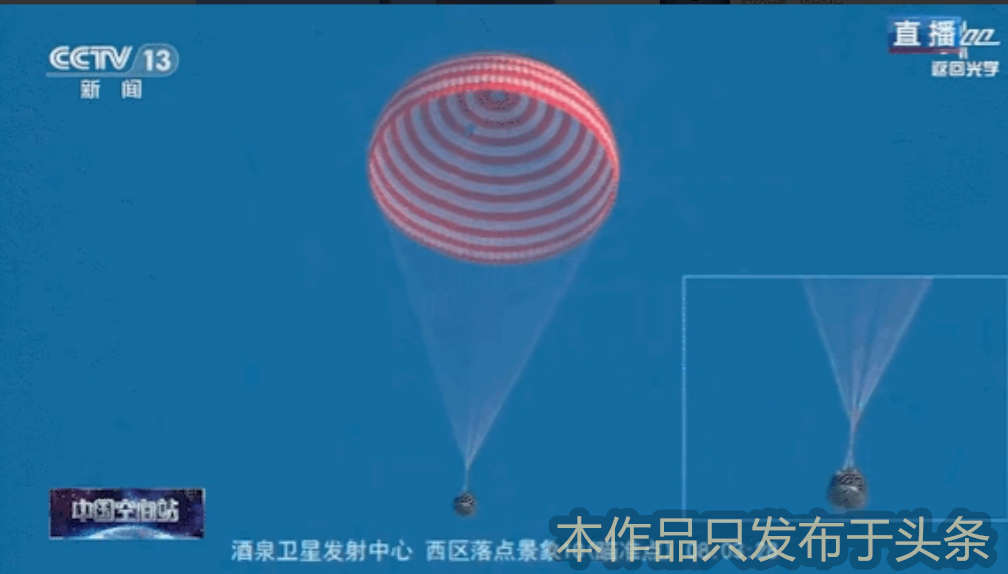
However, during the landing phase, the scene of rolling and dusting that people saw sparked many doubts.The explanation for these phenomena may be relatively simple. Firstly, the generation of dust is due to the four landing thrust engines located in the heat resistant bottom of the return module. When the re-entry module needs to land safely at a speed of about 2 meters per second, these engines ignite simultaneously, generating strong injection force. This caused dust to fly around the landing site, especially in dry desert areas.
As for the roll over of the return module, it may be caused by multiple factors. The impact of strong winds may cause the return capsule to change direction during landing, resulting in rolling. In addition, the slope of the ground may also affect the landing status to some extent. These situations do not indicate mission failure, as the astronauts landed safely and successfully disembarked from the return module.
The Success of Shenzhou 16
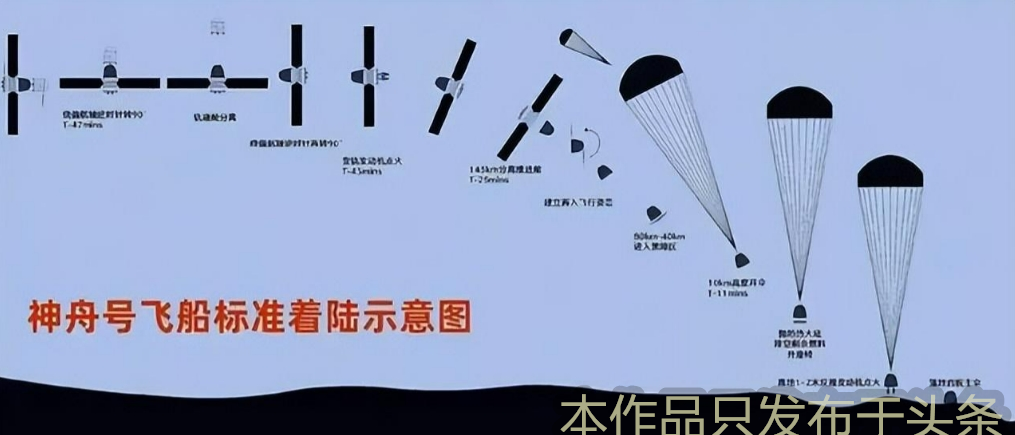
The success of the Shenzhou 16 mission is an important milestone in China's aerospace engineering. It showcases China's outstanding capabilities in the field of manned spaceflight, including the successful implementation of high-risk rapid return plans. The success of this mission has also laid a solid foundation for China's future space exploration and space station construction.
With the return of Shenzhou 16, the Shenzhou 17 mission will continue. However, this task faces new challenges. Astronauts will carry out maintenance tasks on the space station's solar wings, which is an unprecedented technical challenge. The solar wing was hit by small particles in space, causing slight damage. The mission of Shenzhou 17 will include maintenance work, which is a huge opportunity and challenge for China's space technology.
Challenges and Opportunities in Space Exploration

In the future, China's aerospace engineering will continue to face many challenges and opportunities. The field of space exploration is full of uncertainty, but it also allows scientists and engineers to constantly seek innovation and breakthroughs. The success of the Shenzhou-16 mission and the maintenance mission of the Shenzhou-17 indicate that China is gradually developing its own space technology, which is an important opportunity for the country and has a positive impact on world space exploration.
China's space program aims to continuously promote scientific research and technological development. Through international cooperation, China has the opportunity to share experiences and resources with other countries, thereby promoting global space exploration. For example, China has participated in United Nations space cooperation projects, providing support for addressing global issues such as climate change, natural disaster monitoring, and resource management.
The Rise of the Space Economy
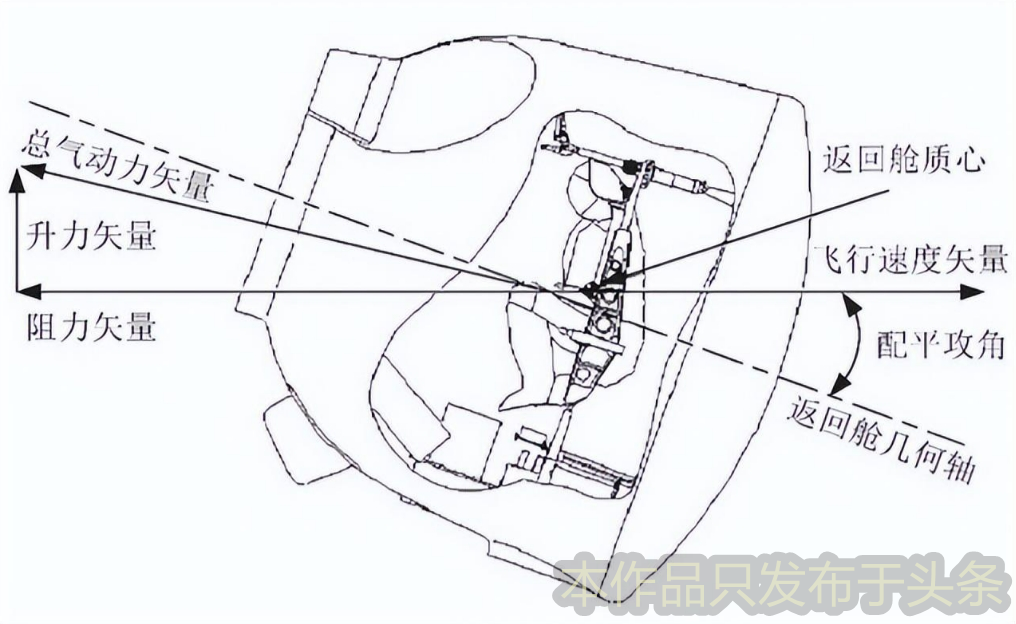
The space economy is rapidly rising,Becoming a huge business opportunity. With the continuous investment of private enterprises and national space agencies, business opportunities in areas such as space resource extraction, space tourism, and satellite communication are constantly emerging. China is also actively seeking to play its role in the space economy. In the future, China may participate in more commercial space projects, bringing new opportunities for the country's economic growth.
The space field has become a stage of international competition. China has made significant progress in competition with the United States, Russia, and other countries. The competition in the space field is not limited to international competitions, but also includes military competition in space. China's space military capabilities are constantly developing, which has raised concerns in the international community. However, space cooperation is also important, as many countries have common interests in the field of space, so it is necessary to balance the relationship between competition and cooperation.
Future exploration goals

China's space program is gradually moving towards larger goals.China plans to establish a permanent space station in the future, which will become a key node in international space exploration. In addition, China also plans to conduct lunar and Mars exploration missions to explore further areas of space. The goals of these explorations will help promote scientific research and technological development, as well as stimulate more international cooperation and innovation.
Although space exploration brings many opportunities, it is also accompanied by controversy. One of the controversies is the issue of space debris, which is constantly accumulating with the increase of space activities and may pose a threat to space exploration and satellite communication. Another controversy is the space arms race, which has led to instability in international relations as countries increase their construction of space armaments. The exploitation of space resources has also sparked controversy, as it may lead to the depletion of Earth's resources and environmental damage.
conclusion
Space exploration is a field full of challenges and opportunities.The success of the Shenzhou 16 mission marks significant progress in China's space exploration field, and also provides hope for future exploration and cooperation. China will continue to promote scientific research, technological innovation, and international cooperation, making contributions to the future of human space exploration. However, space exploration is also accompanied by many controversies that require joint efforts from all countries to resolve. Only through international cooperation and sustainable development can space exploration achieve peace and prosperity. I hope that future space exploration can benefit all humanity, promote the development of science and technology, and provide new opportunities for solving global problems.

(Disclaimer) The process and images described in the article are sourced from the internet. This article aims to advocate for positive social energy and free from vulgar and negative guidance. If there are copyright or character infringement issues involved, please contact us promptly and we will delete the content as soon as possible! If there are any suspicious parts of the incident, please contact us and immediately delete or make changes.
Disclaimer: The content of this article is sourced from the internet. The copyright of the text, images, and other materials belongs to the original author. The platform reprints the materials for the purpose of conveying more information. The content of the article is for reference and learning only, and should not be used for commercial purposes. If it infringes on your legitimate rights and interests, please contact us promptly and we will handle it as soon as possible! We respect copyright and are committed to protecting it. Thank you for sharing.(Email:[email protected])















